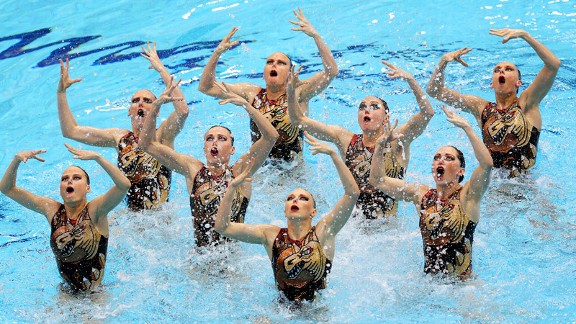In an article from the Aspen Institute, it stated that“just over 21 million youth between the ages of 6 to 17 play team sports on a regular basis, with another 5 million engaging on an occasional basis….” Many of these children enjoy the sport that they participate in, however like most things in this world there are risks, and sometimes we ask are those risks worth it? In 2012 about 1.35 million children sustained sports related injuries. Is all the pain , boredom, and so much more really what your child deserves all for a sport that in some cases they might not be able to do again? In addition, the cost of the medical bill can be outrageous. For example “sprains and strains, fractures, contusions, abrasions and concussions top the list of sports-related ER diagnoses for kids ages 6 to 19 — at a cost of more than $935 million each year…” Not to mention the long-term effect that these injuries could potentially have. For example, every year “high school athletes suffer 2 million injures, 500,000 doctor visits and 30,000 hospitalizations each year” . To conclude, parents must ask themselves is the harm really worth the pay off?

I have been a competitive swimmer my entire life and more recently a runner for both the Dodd Cross Country Team as well as Track Team. However, after recently developing both a shoulder injury which took about 2 and half months to recover due to overuse , and more recently a concussion due to hitting heads with a fellow swimmer; it has forced me to reconsider my decisions as an athlete. I believe that staying healthy is a wonderful thing that every person young or old should take part in. Nonetheless there are incredible risks that come along with doing something so often and so intense. For example, my friend who is a synchronized swimmer had to endure a concussion last year, as well and missed about a months worth of school. This raises the question what comes first school or sports? For me the definite answer is school, because that is what I grew up knowing to be the correct decision. Yet, for some the answer may not be as clear. I believe that with the right attitude and support from your family, friends, and yourself taking part in a competitive sport is do able but not for everyone. In fact, my family and I have made the decision to cut back on swimming we made the decision to stop swimming and take on running as my full-time sport due to swim impairing my school work. In addition competitive sports put strain on families; I go to swimming 4 days a week from 6 pm or 6:30 pm to 8:35 pm our pool is 30 minutes – 45 minutes away on most days I leave my house at 5:30 pm or 6 pm and get home at 9:10 pm. Between, homework and extracurricular activities family time is hard to come by. To conclude, I believe that everybody should become or stay active, nevertheless there should be boundaries to ensure that nobody gets hurt, school work gets done, and that the athlete spends time with family friends that is my opinion on competitive sports. What’s your opinion on competitive sports?
~Emmy


